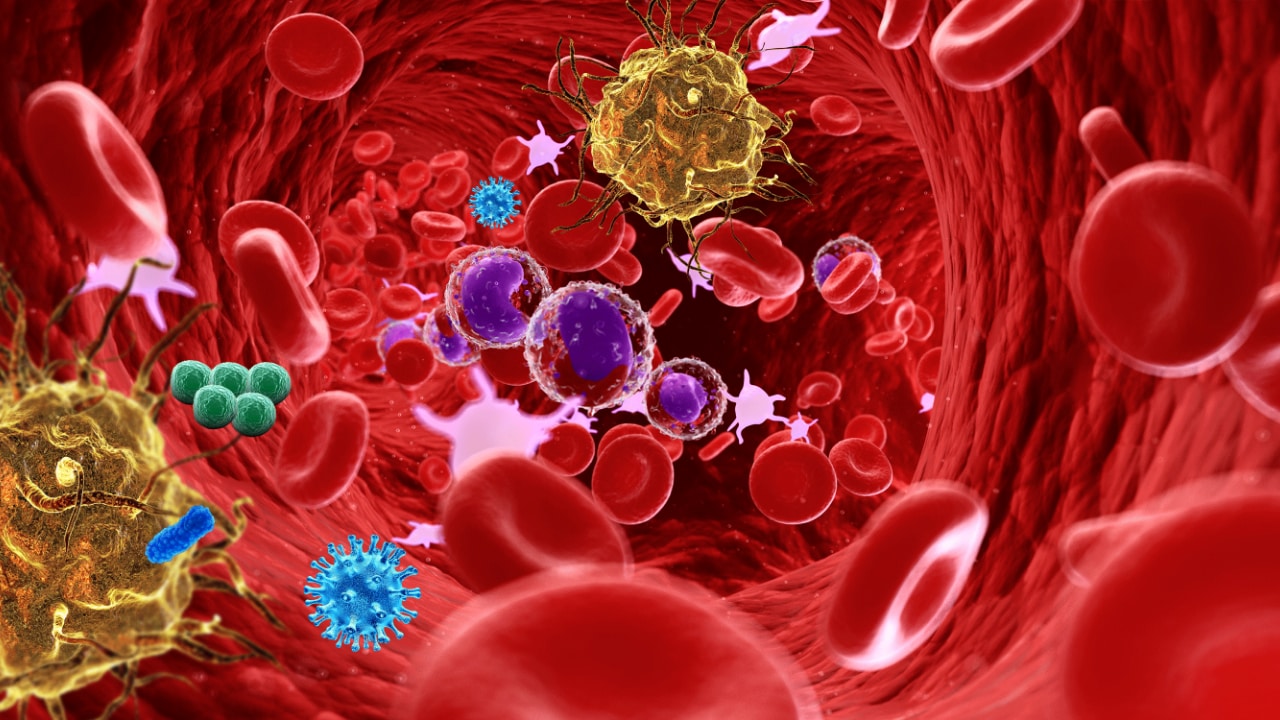Abstract and Introduction
Abstract
Introduction We sought to investigate whether treatment of subnormal (<70%) central venous oxygen saturation (ScvO2) with inotropes or red blood cell (RBC) transfusion during early goal-directed therapy (EGDT) for septic shock is independently associated with in-hospital mortality.
Methods Retrospective analysis of a prospective EGDT patient database drawn from 21 emergency departments with a single standardized EGDT protocol. Patients were included if, during EGDT, they concomitantly achieved a central venous pressure (CVP) of ≥8 mm Hg and a mean arterial pressure (MAP) of ≥65 mm Hg while registering a ScvO2 < 70%. Treatment propensity scores for either RBC transfusion or inotrope administration were separately determined from independent patient sub-cohorts. Propensity-adjusted logistic regression analyses were conducted to test for associations between treatments and in-hospital mortality.
Results Of 2,595 EGDT patients, 572 (22.0%) met study inclusion criteria. The overall in-hospital mortality rate was 20.5%. Inotropes or RBC transfusions were administered for an ScvO2 < 70% to 51.9% of patients. Patients were not statistically more likely to achieve an ScvO2 of ≥70% if they were treated with RBC transfusion alone (29/59, 49.2%, P = 0.19), inotropic therapy alone (104/226, 46.0%, P = 0.15) or both RBC and inotropic therapy (7/12, 58.3%, P = 0.23) as compared to no therapy (108/275, 39.3%). Following adjustment for treatment propensity score, RBC transfusion was associated with a decreased adjusted odds ratio (aOR) of in-hospital mortality among patients with hemoglobin values less than 10 g/dL (aOR 0.42, 95% CI 0.18 to 0.97, P = 0.04) while inotropic therapy was not associated with in-hospital mortality among patients with hemoglobin values of 10 g/dL or greater (aOR 1.16, 95% CI 0.69 to 1.96, P = 0.57).
Conclusions Among patients with septic shock treated with EGDT in the setting of subnormal ScvO2 values despite meeting CVP and MAP target goals, treatment with RBC transfusion may be independently associated with decreased in-hospital mortality.
Introduction
Early goal-directed therapy (EGDT), when applied to emergency department (ED) patients with septic shock, can reduce mortality compared to standardized resuscitation that targets central venous pressure (CVP), mean arterial pressure (MAP) and urine output goals.[1] EGDT can be conceptualized as a central venous oxygen saturation (ScvO2)-guided resuscitation protocol, targeting a goal ScvO2 of 70% or greater once standardized CVP, MAP and urine output targets have been achieved. ScvO2 values below the 70% target can be increased with therapies aimed at decreasing oxygen consumption (VO2), such as mechanical ventilation, sedation and/or pharmacologically induced paralysis, and with therapies aimed at increasing oxygen delivery (DO2), such as volume expansion, inotropic therapy, red blood cell (RBC) transfusion and vasodilator administration.[2–5]
Since the landmark EGDT trial,[1] impressive advances have been reported in reducing sepsis-related mortality with implementation of EGDT-based resuscitation bundles.[6–10] However, the incremental benefit of the ScvO2-guided DO2 augmentation components of these bundles is unclear.[9,11–14] In particular, the ability of RBC transfusions to augment DO2 in sepsis appears minimal,[14–18] and liberal transfusion strategies in high-risk or critically ill patients may result in increased mortality rates,[19–23] though observational propensity-matched data has suggested an inverse association between RBC transfusion and mortality among patients hospitalized with sepsis.[15,24] Physiologic studies of inotropic therapy in septic shock have demonstrated heterogeneous individual responses both in terms of global cardiac performance and microcirculatory perfusion, with some studies even suggesting overall harm.[13,25–30]
Given these uncertain and variable associations, we specifically examined a subset of patients with septic shock, treated in the ED, with documented eligibility for DO2 augmentation therapies according to an EGDT protocol. Prior research has been limited in this regard since prospective studies of EGDT have reported significantly fewer proportions of patients either eligible for or receiving DO2 augmentation therapies as compared to the landmark EGDT trial.[10,31–35] The specific goals of this investigation were to examine associations between EGDT-recommended DO2 augmentation therapies (RBC transfusion and inotropic therapy) and in-hospital mortality rates using a propensity-adjusted analysis. We hypothesized that treatment with DO2 augmentation therapies would be associated with improved in-hospital survival when adjusting for severity of illness and comorbidities.
Crit Care. 2014;18(496) © 2014 BioMed Central, Ltd.
Copyright to this article is held by the author(s), licensee BioMed Central Ltd. This is an Open Access article: verbatim copying and redistribution of this article are permitted in all media for any purpose, provided this notice is preserved along with the article's original citation.









